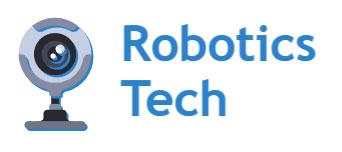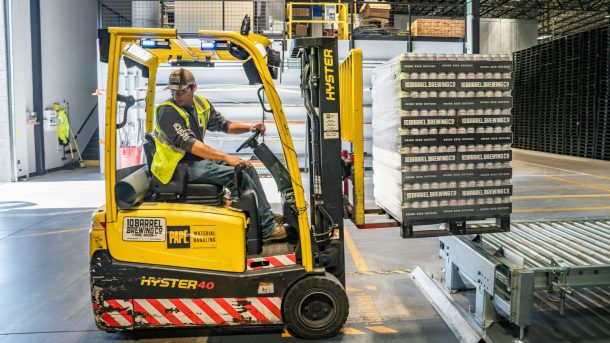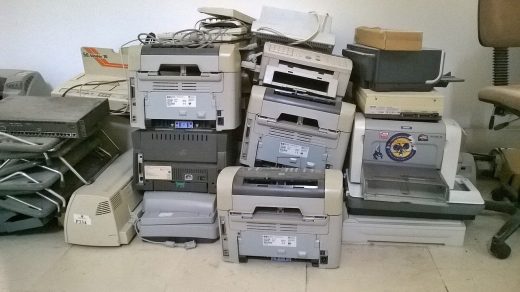The convergence of automation and artificial intelligence is fundamentally transforming manufacturing operations worldwide, creating unprecedented levels of efficiency, precision, and adaptability.
According to a McKinsey Global Institute report, AI could contribute up to $13 trillion to global economic output by 2030, with manufacturing leading this transformation. This technological fusion represents more than incremental improvement—it marks the dawn of truly intelligent manufacturing where machines learn, adapt, and optimize themselves in real-time.
Industry 4.0 Foundations: Smart Factories & Connected Systems
The backbone of modern manufacturing transformation rests on Industry 4.0 principles, where physical production systems merge seamlessly with digital technologies. This paradigm shift enables factories to operate as interconnected ecosystems rather than isolated production units. The foundation comprises several critical components that work in harmony to create smart manufacturing environments.
| Industry 4.0 Component | Function | Impact |
|---|---|---|
| IoT Sensors | Real-time data collection | 25-30% reduction in downtime |
| Robotics | Automated precision tasks | 40-50% productivity increase |
| Digital Twins | Virtual system modeling | 15-20% efficiency gains |
| AI Analytics | Predictive insights | 10-15% cost reduction |
| Cloud Computing | Scalable data processing | Real-time decision making |
Cyber-physical systems & industrial IoT
Cyber-physical systems form the nervous system of smart factories, enabling seamless machine-to-machine communication and real-time data exchange. These interconnected networks of sensors, actuators, and computing devices create a continuous feedback loop between physical operations and digital control systems.
Key applications include:
- Temperature monitoring systems that automatically adjust cooling parameters
- Vibration sensors detecting equipment anomalies before failures occur
- Quality sensors providing instant feedback on product specifications
- Energy monitoring devices optimizing power consumption across production lines
- Safety systems that immediately halt operations when hazards are detected
Digital twins & virtual simulations
Digital twin technology creates virtual replicas of physical manufacturing systems, enabling engineers to test scenarios, predict outcomes, and optimize performance without disrupting actual production. These sophisticated models continuously update with real-world data to maintain accuracy.
Benefits of digital twin implementation:
- Reduced prototype costs by 60-70% through virtual testing
- Accelerated product development cycles by 30-40%
- Enhanced predictive maintenance capabilities reducing unplanned downtime
- Optimized production layouts improving workflow efficiency
- Risk mitigation through scenario modeling before implementation
Automation Upgrades: From Repetitive Tasks to Precision Robotics
Manufacturing automation has evolved dramatically from simple mechanization to sophisticated robotic systems capable of complex decision-making. This evolution represents multiple generations of technological advancement, each building upon previous capabilities while introducing new levels of precision and flexibility.
The automation journey follows distinct milestones:
- Mechanical automation (1960s) – Basic conveyor systems and simple machines
- Computer Numerical Control (CNC) (1970s) – Programmable precision machining
- Industrial robotics (1980s) – Articulated arms for assembly and welding
- Flexible manufacturing systems (1990s) – Reconfigurable production lines
- Collaborative robotics (2010s) – Human-robot partnership models
- AI-powered automation (2020s) – Self-learning and adaptive systems
Traditional robotics and CNC systems
Traditional industrial robots and CNC machining centers continue to form the backbone of automated manufacturing, delivering unmatched precision and consistency for high-volume production. These systems excel in environments requiring exact repeatability and minimal variation.
Advantages of traditional automation:
- Precision tolerances within micrometers for critical components
- Consistent quality eliminating human error variables
- 24/7 operation maximizing production capacity utilization
- Speed optimization achieving cycle times impossible for manual operations
- Safety improvements removing humans from hazardous environments
Collaborative robots (cobots) and flexible automation
Collaborative robots, or cobots, represent the next evolution in manufacturing automation, designed to work safely alongside human operators. These systems combine the precision of traditional robots with the adaptability and problem-solving capabilities of human workers.
Safety and adaptability features:
- Force-limiting technology preventing injury during human contact
- Easy reprogramming for quick changeovers between product variants
- Intuitive interfaces allowing operators to teach tasks through demonstration
- Modular design enabling rapid deployment across different applications
- Cost-effective scaling suitable for small and medium-sized manufacturers
AI-Driven Enhancements: Predictive Maintenance & Quality Control

Artificial intelligence applications in manufacturing extend far beyond basic automation, introducing cognitive capabilities that enable systems to learn, predict, and optimize continuously. AI-driven solutions are particularly transformative in maintenance and quality control, where traditional reactive approaches are being replaced by proactive, intelligent systems.
| Maintenance Approach | Response Time | Cost Impact | Downtime |
|---|---|---|---|
| Reactive | After failure | 100% baseline | 4-8 hours |
| Scheduled | Fixed intervals | 80-90% of reactive | 1-2 hours |
| Predictive | Before failure | 30-40% of reactive | 15-30 minutes |
Predictive maintenance with machine learning
Machine learning algorithms analyze vast datasets from sensor networks to identify patterns indicating potential equipment failures weeks or months before they occur.
Predictive maintenance implementations include:
- Vibration analysis detecting bearing wear and misalignment issues
- Thermal imaging identifying electrical hotspots and insulation failures
- Oil analysis monitoring contamination and wear particle levels
- Acoustic monitoring detecting cavitation, leaks, and mechanical problems
- Current signature analysis diagnosing motor and drive system issues
AI-powered visual inspection
Computer vision systems powered by deep learning algorithms can detect defects with accuracy exceeding human inspectors while operating at production line speeds. These systems continuously improve their detection capabilities through exposure to new examples.
Real-world quality control benefits:
- Defect detection rates improving from 85% (human) to 99.5% (AI)
- Inspection speed increasing by 10-50x compared to manual methods
- Consistency eliminating inspector fatigue and subjective judgment
- Documentation providing complete audit trails for quality compliance
- Cost reduction through early defect identification and reduced rework
Supply Chain Optimization & Decision Automation
AI-powered supply chain management extends manufacturing intelligence beyond factory walls, creating end-to-end visibility and optimization across global networks. These systems process enormous datasets to make complex decisions that would overwhelm human planners.
AI supply chain applications encompass:
- Supplier risk assessment using real-time market and performance data
- Transportation optimization routing shipments for cost and time efficiency
- Warehouse automation coordinating robotic systems and inventory management
- Demand sensing incorporating external signals like weather and social trends
- Price optimization adjusting strategies based on market conditions and competitor analysis
Demand forecasting & inventory optimization
Machine learning models process historical sales data, market trends, seasonal patterns, and external factors to generate highly accurate demand forecasts. This precision enables manufacturers to optimize inventory levels while maintaining high service levels.
Forecasting improvements include:
- Accuracy increases of 20-50% compared to traditional statistical methods
- Inventory reduction of 15-25% while maintaining stockout protection
- Cash flow optimization through improved working capital management
- Customer satisfaction enhancement through better product availability
- Waste reduction by minimizing obsolete inventory and overproduction
Smart scheduling & real-time factory control
Dynamic production scheduling systems continuously optimize manufacturing sequences based on real-time conditions, demand changes, and resource availability. These AI-driven systems can recalculate optimal schedules within minutes of receiving new information.
Scheduling optimization examples:
- Setup time minimization through intelligent sequence planning
- Resource balancing preventing bottlenecks and idle capacity
- Rush order integration without disrupting existing production schedules
- Maintenance window optimization coordinating service activities with production needs
- Energy cost management scheduling energy-intensive operations during off-peak hours
Sustainability Gains & Resource Efficiency
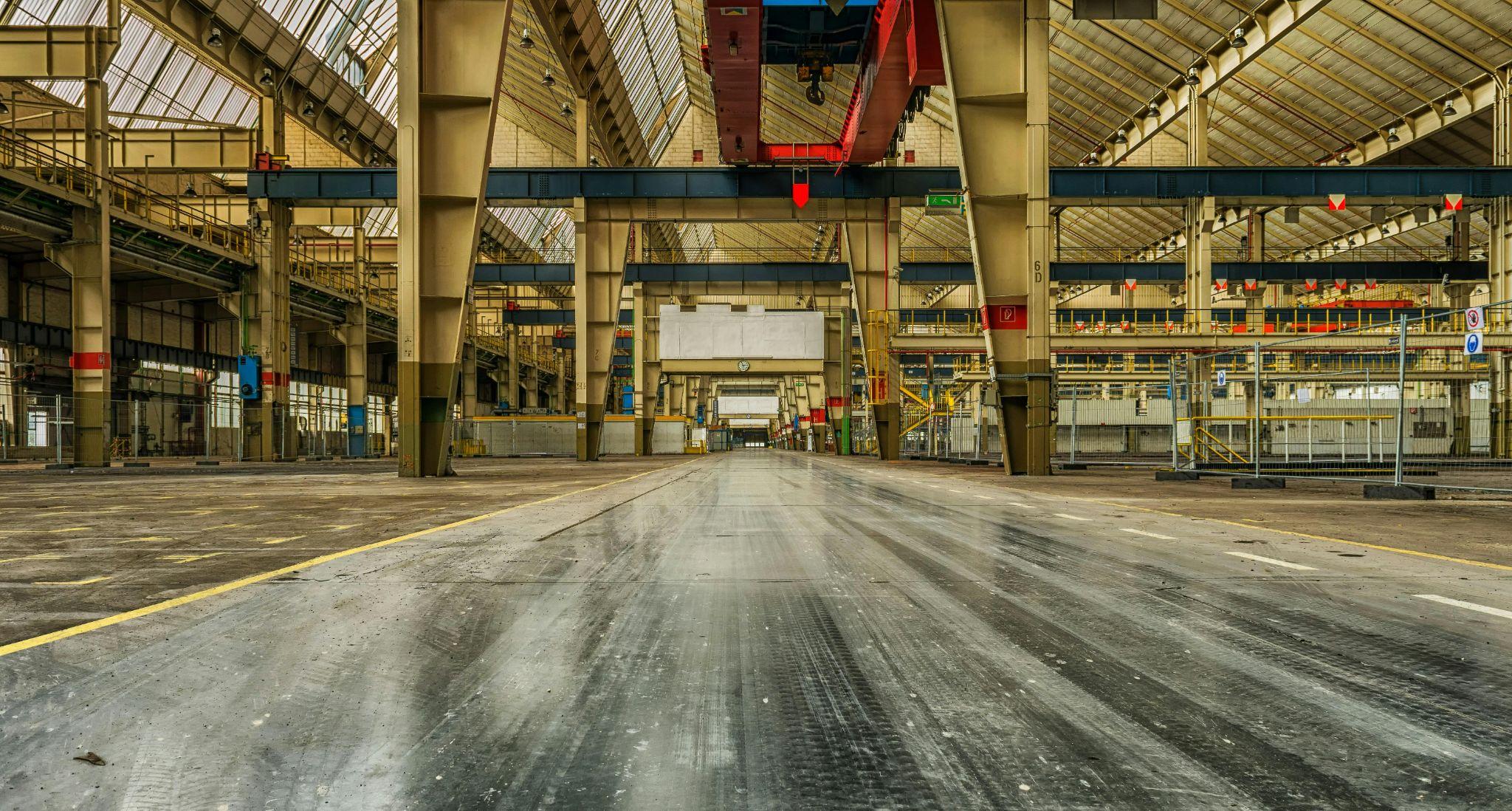
Environmental sustainability has become a critical driver for AI and automation adoption in manufacturing. These technologies enable precise monitoring and optimization of resource consumption, waste generation, and emissions across all production processes.
| Environmental KPI | Before AI Implementation | After AI Implementation | Improvement |
|---|---|---|---|
| Energy Consumption | 100 kWh/unit | 75-80 kWh/unit | 20-25% reduction |
| Water Usage | 50 L/unit | 35-40 L/unit | 20-30% reduction |
| Material Waste | 8-12% | 3-5% | 60-70% reduction |
| CO2 Emissions | 15 kg/unit | 11-12 kg/unit | 20-25% reduction |
Energy usage monitoring & carbon footprint reduction
Smart energy management systems use AI algorithms to optimize power consumption across manufacturing operations, reducing both costs and environmental impact. These systems learn consumption patterns and automatically adjust equipment operation to minimize energy waste.
Energy optimization benefits:
- Peak demand management reducing utility charges through load shifting
- Equipment efficiency optimization maintaining optimal operating parameters
- Renewable energy integration maximizing use of solar and wind power
- Carbon footprint tracking providing accurate emissions reporting
- Utility cost reduction through time-of-use rate optimization
Material waste minimization & circular manufacturing
AI-powered waste reduction systems analyze material flows and identify opportunities to minimize scrap, rework, and disposal costs. These technologies support circular economy principles by optimizing material utilization and enabling closed-loop manufacturing processes.
Waste minimization strategies:
- Precision cutting optimization reducing material scrap by 15-30%
- Quality prediction preventing defective products before completion
- Recycling automation sorting and processing waste materials efficiently
- Design optimization reducing material requirements through AI-generated improvements
- Supply chain circularity coordinating material flows between facilities
Workforce Transformation: Augmentation, Upskilling & Risks
The integration of AI and automation fundamentally reshapes manufacturing workforce requirements, creating new roles while transforming existing positions. This transformation presents both significant opportunities for worker augmentation and serious challenges related to displacement and skills gaps.
Workforce transformation effects include:
- Job augmentation where AI enhances human capabilities rather than replacing workers
- New role creation in AI system maintenance, programming, and optimization
- Skills evolution requiring digital literacy and human-machine collaboration
- Productivity enhancement enabling workers to focus on higher-value activities
- Safety improvements through AI monitoring and automated hazard detection
- Career pathway changes demanding continuous learning and adaptation
Augmented roles & collaborative workflows
Human-AI collaboration creates new workflow models where workers and intelligent systems complement each other’s strengths. Humans provide creativity, problem-solving, and contextual judgment while AI delivers precision, consistency, and data processing capabilities.
Essential skills for augmented manufacturing roles:
- Data interpretation abilities to understand AI-generated insights
- System troubleshooting skills for maintaining complex automated equipment
- Process optimization knowledge to improve AI algorithm performance
- Quality management expertise in validating AI decision-making
- Cross-functional collaboration capabilities for interdisciplinary project work
Challenges: job displacement & skills shortage
Manufacturing organizations face significant challenges in managing workforce transitions while maintaining operational continuity. The pace of technological change often outstrips traditional training and development programs.
Critical workforce challenges:
- Skills gap widening between available workers and technology requirements
- Retraining investments requiring substantial financial and time commitments
- Generational differences in technology adoption and learning preferences
- Regional disparities in educational infrastructure and training resources
- Retention difficulties as skilled workers migrate to technology-forward companies
Implementation Barriers & Ethical Considerations
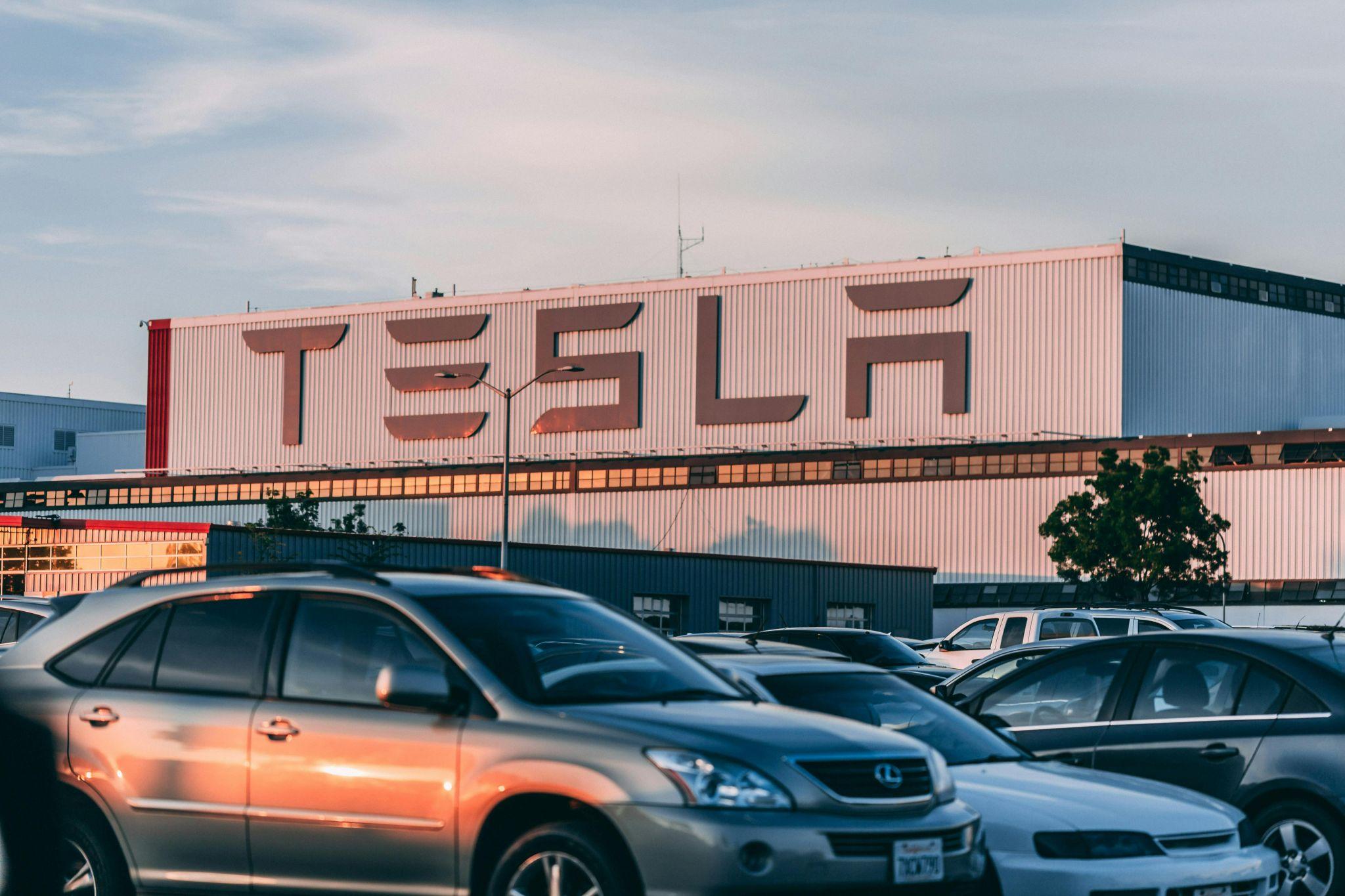
Despite proven benefits, AI and automation adoption faces substantial obstacles ranging from technical integration challenges to ethical concerns about algorithmic decision-making in manufacturing contexts.
| Implementation Challenge | Impact Level | Mitigation Strategy |
|---|---|---|
| Legacy System Integration | High | Phased modernization approach |
| Data Quality Issues | High | Comprehensive data governance |
| Cybersecurity Risks | Medium-High | Multi-layered security protocols |
| Skills Shortage | Medium-High | Partnered training programs |
| ROI Uncertainty | Medium | Pilot project validation |
Data quality, legacy systems & integration issues
System integration complexity represents one of the most significant barriers to successful AI implementation in manufacturing environments. Many facilities operate with decades-old equipment and fragmented data systems that resist seamless integration.
Integration solutions include:
- API development creating communication bridges between old and new systems
- Data standardization establishing common formats across different platforms
- Cloud migration enabling scalable computing resources for AI applications
- Edge computing processing data locally to reduce latency and bandwidth requirements
- Modular implementation allowing gradual system upgrades without complete overhauls
Cybersecurity, privacy & responsible AI
Cybersecurity threats targeting manufacturing systems have increased dramatically as facilities become more connected and digitized. AI systems themselves present new attack vectors and require specialized protection measures.
Security and governance considerations:
- Network segmentation isolating critical systems from external threats
- Encryption protocols protecting data transmission and storage
- Access control implementing role-based permissions for AI systems
- Algorithmic transparency ensuring explainable decision-making processes
- Bias mitigation preventing discriminatory outcomes in automated systems
Case Studies: Real-World Factory Transformations
Manufacturing leaders across industries demonstrate the transformative potential of AI and automation integration through measurable improvements in efficiency, quality, and sustainability metrics.
- Automotive Assembly Transformation – Major automaker reduced assembly time by 35% through AI-optimized robotic coordination
- Electronics Quality Enhancement – Semiconductor manufacturer achieved 99.8% defect detection accuracy using computer vision systems
- Pharmaceutical Process Optimization – Drug producer decreased batch variability by 60% through AI-controlled manufacturing parameters
Maglev AI conveyor in automated assembly
Magnetic levitation conveyor systems integrated with AI control algorithms demonstrate next-generation material handling capabilities. These systems eliminate mechanical friction while providing precise positioning control for assembly operations.
Efficiency improvements from maglev AI implementation:
- Speed increases of 40-60% compared to traditional conveyor systems
- Positioning accuracy within 0.1mm for precision assembly tasks
- Energy efficiency gains of 20-30% through reduced mechanical losses
- Maintenance reduction by 70-80% due to contactless operation
- Throughput optimization through AI-managed traffic control
Smart factory rollout by Florasis
Florasis, a Chinese cosmetics manufacturer, implemented comprehensive smart factory technologies achieving remarkable operational improvements. Their integration of AI-powered quality control, predictive maintenance, and automated production scheduling demonstrates scalable transformation principles.
Transformation results:
- Defect reduction from 2.1% to 0.3% through AI quality inspection
- Energy savings of 28% via intelligent power management systems
- Production speed increases of 45% through optimized scheduling
- Labor productivity improvements of 55% per worker
- Customer satisfaction enhancement through consistent product quality
Future Outlook: Scaling Intelligent Manufacturing
The trajectory of manufacturing transformation points toward increasingly autonomous, adaptive, and sustainable production systems. Emerging technologies will further blur the boundaries between physical and digital manufacturing environments.
Next-generation manufacturing trends:
- Autonomous factories operating with minimal human intervention
- Distributed manufacturing networks enabling localized production
- Sustainability integration making environmental impact a core optimization parameter
- Mass customization delivering personalized products at scale
- Quantum computing applications solving complex optimization problems
- Biotechnology integration incorporating living systems into manufacturing processes
AI-driven mass customization & generative design
Generative design algorithms powered by AI enable manufacturers to create highly customized products while maintaining economic efficiency. These systems explore thousands of design variations to optimize for specific performance, cost, and sustainability criteria.
Customization opportunities:
- Personalized products tailored to individual customer specifications
- Optimized material usage reducing waste through intelligent design
- Performance enhancement achieving superior functionality through AI optimization
- Rapid prototyping accelerating development cycles for custom products
- Supply chain flexibility adapting quickly to changing market demands
Resilient, decentralized factories
Distributed manufacturing networks represent the future of supply chain resilience, where AI coordinates production across multiple smaller facilities rather than relying on centralized mega-factories.
Decentralized manufacturing advantages:
- Supply chain agility through geographically distributed production capacity
- Risk mitigation reducing vulnerability to localized disruptions
- Reduced transportation minimizing logistics costs and environmental impact
- Local customization adapting products to regional preferences and requirements
- Faster response to market changes and customer demands
Conclusion
The revolution of automation and AI in manufacturing represents one of the most significant industrial transformations since mechanization itself. These technologies deliver measurable improvements in productivity, quality, and sustainability while creating new opportunities for human workers to engage in more meaningful, creative roles. However, successful implementation requires careful attention to workforce development, cybersecurity, and ethical considerations. Manufacturers who embrace this transformation thoughtfully—balancing technological capability with human expertise and responsible deployment—will define the competitive landscape for decades to come. The future belongs to organizations that view AI and automation not as replacements for human intelligence, but as powerful amplifiers of human potential in creating efficient, sustainable, and innovative manufacturing systems.
